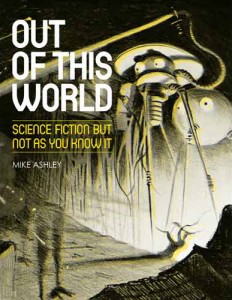I’m late to the party as usual, but here’s my summary and opinions of the recent fuss over what is and isn’t HTML5.
HTML5 means two things:
- A standard published by the W3C
- A label (analogous to DHTML or Web 2.0) for a group of new web technologies, including the standard referred to above but also CSS3, SVG and other technologies.
So that’s one precise, technical meaning, and one vague, fuzzy meaning. If you’re talking to developers, web designers, browser manufacturers or CTOs you use the first meaning; if you’re talking to marketing types or CEOs you use the second. If you’re talking to a mixed audience you need to clarify what you mean. It’s not ideal but it’s not the end of the world.
The W3C produced a new logo as part of their effort to promote HTML5. This was marketing activity and the usage seemed to be close to the second meaning above. However, this is the W3C and their core audience is technical and hence expected the first meaning. Some fuss and a few edits to the FAQs later and the situation was clarified.
Meanwhile the WHATWG have decided that from now on they are working on the living standard of HTML and that version numbers are passé.
This actually makes a lot of sense. Browsers don’t implement versions of HTML, they implement a hodge podge of features that appeal to them. Most web sites are thus created based on what works on browsers. When we say that we’re building a site in XHTML 1 and CSS 2.1 we mean the subset of those features that are both useful for the site in question and supported by IE7, etc.
But developing (a site, an API or a browser) to a moving target is difficult and troublesome. Having a standardised version of the spec is useful, it means that my example site using that subset of XHTML 1 can be checked against that standard today, tomorrow and five years from now.
The good news is that there’s no longer two HTML5 standards to cause confusion. Now there’s HTML at WHATWG – an iterative, ever evolving specification that acts as an ideas generator and prototype for the future of the web, and there’s also HTML5 (and maybe one day 6, 7, etc.) at the W3C – a slice of the living standard, reviewed, refined and eventually set in stone as a standard.
I’ve been using parts of HTML5 for over a year now – I’m using a fairly safe subset of features (and <hgroup> which some people seem to have a problem with and want to remove or change) and can refer to the W3C spec for details whilst keeping one eye on the WHATWG for future developments. This seems like a sane approach for most front end developers – there’s a lot of exciting changes coming out and only a few people will have the time and resources to keep on top of all of them.
Still, we’ve got a logo now. 🙂


